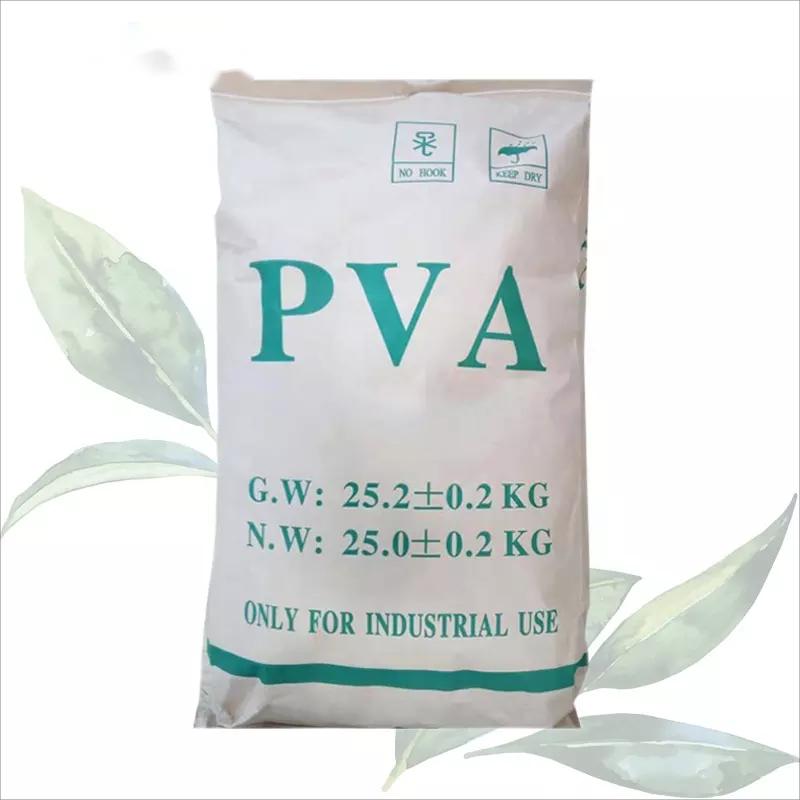Understanding Cellulose and Its Role as a Raw Material
Cellulose, a crucial organic polymer, is one of the most abundant biopolymers on Earth. It serves as a fundamental structural component of the cell walls in green plants, algae, and many forms of bacteria. Composed of long chains of glucose molecules, cellulose is indigestible by humans but is a significant source of dietary fiber and has numerous applications across various industries. In this article, we will explore cellulose, its sources, properties, and diverse applications as a raw material.
Sources of Cellulose
Cellulose is primarily extracted from plant materials, making it a renewable resource. Common sources include wood, cotton, and agricultural crops such as corn and straw. Wood pulp is the main raw material for producing paper, while cotton is used to create high-quality textiles. Furthermore, agricultural residues provide an opportunity for sustainable cellulose production, as they can be utilized instead of being discarded or burned, contributing to waste reduction and environmental sustainability.
Properties of Cellulose
The unique properties of cellulose make it an invaluable raw material across multiple sectors. It is biodegradable, meaning it can decompose naturally in the environment, thus reducing ecological impact when disposed of correctly. Cellulose has excellent tensile strength, making it suitable for use in construction materials and textiles. Its hydrophilic nature allows it to absorb water, which can be advantageous in various applications, including food production, packaging, and pharmaceuticals. Moreover, being a non-toxic, safe, and abundant resource, cellulose offers a sustainable alternative to synthetic materials.
Applications of Cellulose
cellulose raw materials

The versatility of cellulose manifests in its wide range of applications. In the textile industry, cellulose fibers are used to manufacture cotton, rayon, and lyocell fabrics, which are valued for their comfort, breathability, and biodegradability. The paper industry is another significant consumer of cellulose, transforming wood pulp into various types of paper products, from newspapers to high-quality printing materials.
In the food industry, cellulose is used as a food additive for its thickening and stabilizing properties. It can improve the texture of processed foods and increase dietary fiber content, promoting healthier eating habits. Additionally, cellulose-derived hydrocolloids, like carboxymethyl cellulose, find applications as thickening agents in sauces, ice creams, and salad dressings.
The pharmaceutical industry also exploits cellulose for producing excipients, which are inert substances used to formulate medications. Microcrystalline cellulose, for example, is widely employed as a binder and disintegrant in tablet formulations. Furthermore, cellulose nanofibers and nanocrystals are emerging as promising materials in drug delivery systems due to their biocompatibility and ability to enhance the efficiency of drug release.
In recent years, there has been growing interest in utilizing cellulose for energy production. Cellulosic biofuels, derived from the fermentation of cellulosic biomass, offer a sustainable alternative to fossil fuels, reducing greenhouse gas emissions and enhancing energy independence.
Conclusion
Cellulose, as a raw material, plays a pivotal role in various industries, providing eco-friendly and biodegradable alternatives to synthetic materials. Its abundance, combined with its unique properties, positions cellulose as a cornerstone for sustainable development. With ongoing research and advancements in technology, the potential applications of cellulose are likely to expand, leading to innovative solutions for modern challenges in sustainability and resource management. As we continue to explore and harness the capabilities of cellulose, it will undoubtedly remain an essential player in shaping a greener future.
-
Rdp Powder: Key Considerations for Wholesalers in the Building Materials IndustryNewsJul.08,2025
-
Key Considerations for Wholesalers: Navigating the World of Hpmc - Based ProductsNewsJul.08,2025
-
Hpmc Detergent: Key Considerations for WholesalersNewsJul.08,2025
-
Key Considerations for Wholesalers: China Hpmc For Tile Adhesive, Coating Additives, Concrete Additives, and MoreNewsJul.08,2025
-
Crucial Considerations for Wholesalers: Navigating the World of Construction MaterialsNewsJul.08,2025
-
Key Considerations for Wholesalers Sourcing Additive For Cement, Additive For Concrete, Additive For Putty from Additive Manufacturer Shijiazhuang Gaocheng District Yongfeng Cellulose Co., Ltd.NewsJul.08,2025




